A simple case fan can make your computer run fast and more efficiently… you can read our shopping guide..
Shopping Guide for The Best Case Fan..
Fan Size: Determine the appropriate fan size for your case. The most common sizes are 120mm and 140mm, but make sure to check your case specifications to ensure compatibility.
Airflow: Consider the airflow requirements of your system. Higher airflow (measured in cubic feet per minute, or CFM) helps dissipate heat more effectively. Look for fans with higher CFM ratings for better cooling performance.

Static Pressure: If you have components with dense heatsinks or radiators in your case, prioritize fans with high static pressure. This rating indicates a fan’s ability to push air through obstacles and is measured in millimeters of water (mmH2O).
Noise Level: Consider the noise output of the fan, as it can affect the overall acoustic performance of your system. Look for fans with lower decibel (dB) ratings or those that advertise themselves as quiet or silent fans.
Bearing Type: The bearing type affects the fan’s noise level, lifespan, and overall performance. Common types include sleeve, ball, and fluid dynamic bearings. Fluid dynamic bearings often offer a good balance between noise and durability.
PWM or DC: Decide whether you want a fan with PWM (Pulse Width Modulation) or DC (Direct Current) control. PWM fans allow for dynamic speed control based on temperature, while DC fans run at a fixed speed. PWM fans are generally more versatile.
Brand and Reputation: Choose a best brand known for producing quality fans. and Look for reviews and customer feedback to gauge the reliability and performance of the fans you’re searching.
RGB Lighting (optional): If you want to add some visual flair to your system, consider fans with RGB lighting. However, prioritize performance and quality over aesthetics.
Remember to consider the number of fan slots available in your case and plan for an optimal fan configuration that promotes good airflow.

It’s also worth noting that a combination of intake and exhaust fans is generally recommended for efficient cooling.
Selection Criteria.
Our team of computer specialists comprehends your preferences and requirements when it comes to your personal computers.
When we assigned our crew the task of researching the best case fans, they promptly embarked on the mission of identifying the finest models that cater to individuals with varying levels of experience.
We understand that you may not be familiar with the purpose and installation of case fans,
which is why our guide includes a dedicated section providing installation tips and highlighting scenarios where seeking professional assistance might be prudent.
The other sections of our shopping guide are replete with invaluable information about case fans for you to leverage.
Our team consulted industry experts who delved into the salient features of case fans and expounded upon the benefits of replacing old fans.
They also provided us with valuable insights into reputable manufacturers and the most exceptional models currently available. Armed with this wealth of knowledge, we meticulously narrowed down our list to ten fans and conducted a thorough review of customer feedback on Amazon.
Drawing upon this extensive information, our team fastidiously selected the top five fans that cater to the diverse needs of computer users.
As you delve further into our guide, you will discover the optimal case fans for gamers, budget-conscious individuals, as well as the crème de la crème and the ultimate choice for those seeking fans for compact cases.
Best For Money: Rose will 120mm Case Fan 4 Pack
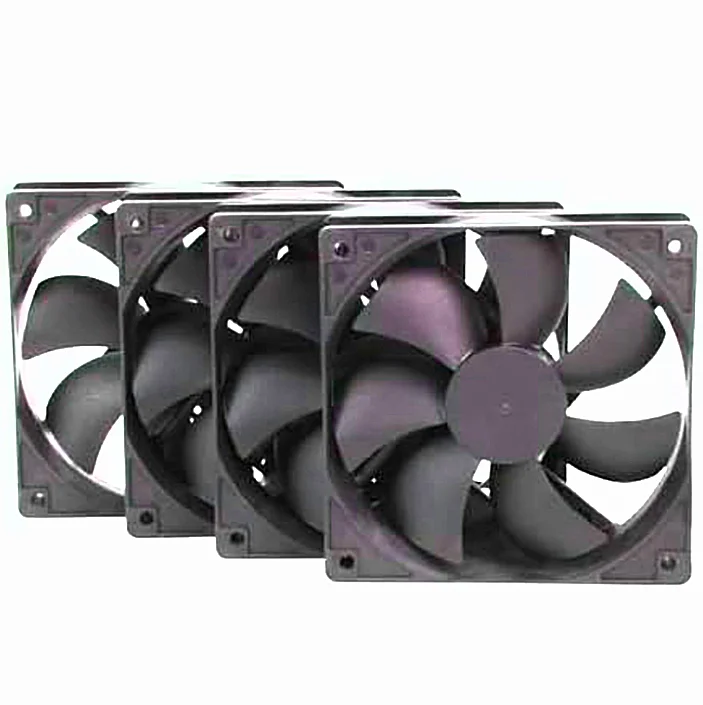
This fan boasts an impressive airflow rating of over 38 cubic feet per minute, ensuring efficient circulation of cool air within the case while expelling any hot or warm air.
Moreover, its exceptionally low decibel rating of only 22 guarantees whisper-quiet operation. Shoppers appreciate the flexibility provided by the adjustable voltage feature, allowing them to utilize this fan with various connectors.
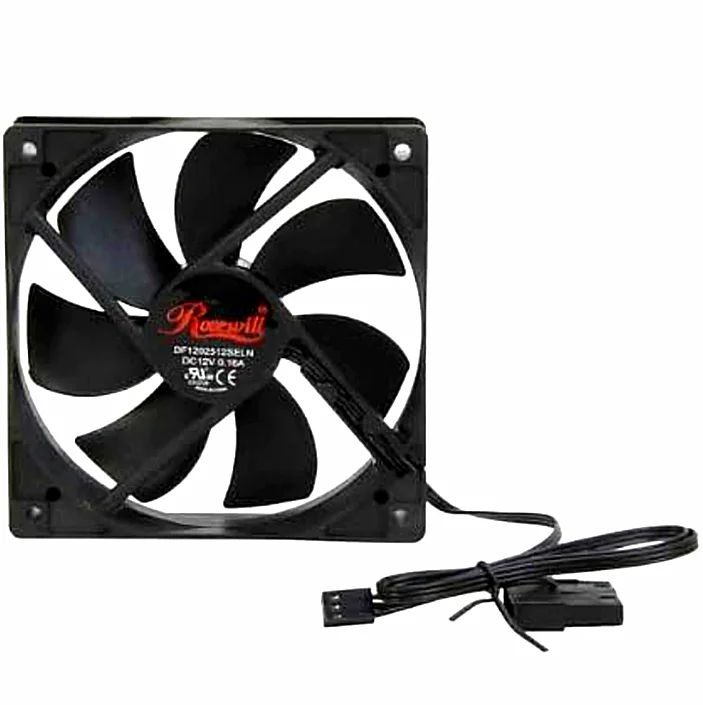
Whether using a three-pin or a four-pin adapter, this fan seamlessly accommodates different installation options, while also supporting a voltage range of seven to 12 volts.
What is A Case Fan..?
A case fan is a component used in computer systems to circulate air within the computer case or chassis. It is designed to dissipate heat generated by the components such as the processor, graphics card, and power supply.
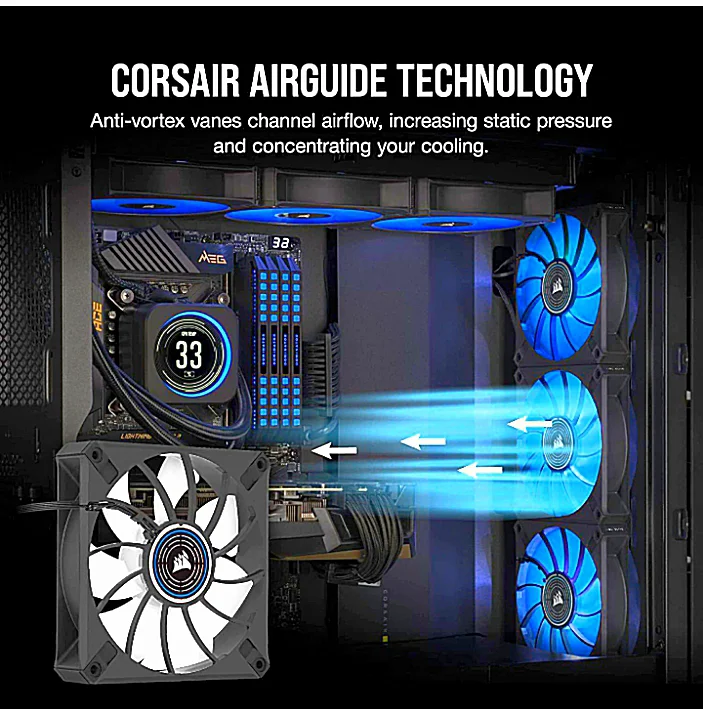
The primary function of a case fan is to maintain a cool and stable temperature inside the computer case. As electronic components generate heat during operation, the case fan helps to remove this heat by drawing in cool air from the surroundings and expelling hot air from the case.
This process prevents the components from overheating, which can lead to performance issues or even hardware damage.
Case fans are typically installed in specific locations within the computer case, such as the front, rear, or side panels. They are usually mounted using screws or other attachment mechanisms provided by the case manufacturer.
Some cases have pre-installed fans, while others allow users to customize the fan configuration according to their specific cooling needs.
It’s worth noting that case fans can vary in terms of noise levels, power consumption, and control methods. Some fans operate at a fixed speed, while others feature PWM (Pulse Width Modulation) control, allowing for dynamic speed adjustment based on temperature.
Overall, case fans play a crucial role in maintaining optimal temperatures within a computer system, promoting better performance, longevity, and reliability of the components.
Best Chouse ARCTIC F12-120 mm Standard Case Fan
Protecting your laptop doesn’t have to break the bank, as you can invest in the ARCTIC fan for less than $11. ARCTIC offers a range of standard case fans suitable for all computer users. What sets this fan apart is its low noise design, ensuring a quieter operation compared to other models you may have tried before.
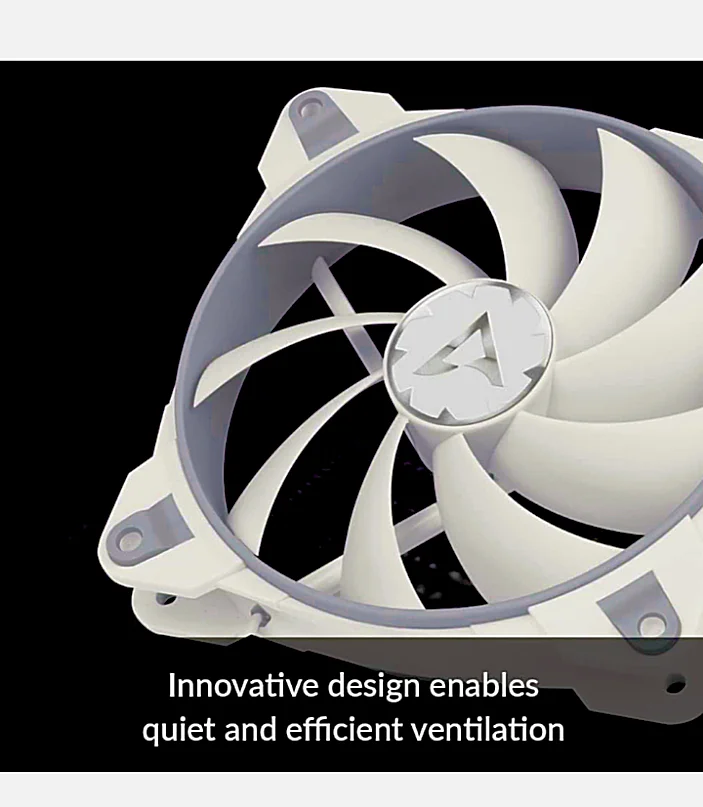
The fan’s quieter performance can be attributed to its wider blades, which spin rapidly, allowing increased airflow and better circulation within your computer case.
Operating at up to 1,350 revolutions per minute, this ARCTIC fan efficiently keeps your computer case cool.

Its functionality extends beyond just pulling cool air inside the case; it also actively expels hot air.
With adjustable speeds based on the voltage used, you can customize the fan’s performance.
This model operates between a minimum of five volts and a maximum of 12 volts. Additionally, an included oil capsule helps lubricate the fan for optimal performance.
By investing in the ARCTIC fan, you can protect your laptop without breaking the bank.

Its low noise operation, effective cooling capabilities, and adjustable speeds make it a worthwhile choice for any computer user.
Best Of Small Case Fan: Noctua NF-A8 Premium PC Case Fan

- Size and Compatibility:
- The NF-A8 is a 80mm fan designed to fit smaller form factor cases or systems with limited space.
- It is compatible with various computer cases, including mini-ITX, HTPC, and compact builds.
- Airflow and Performance:
- This fan is engineered to deliver excellent airflow while maintaining low noise levels.
- It provides a balanced airflow-to-noise ratio, ensuring efficient cooling without excessive noise.
- Advanced Blade Design:
- The NF-A8 features Noctua’s advanced blade design with optimized flow channels.
- This design maximizes airflow and minimizes turbulence, resulting in improved cooling performance.
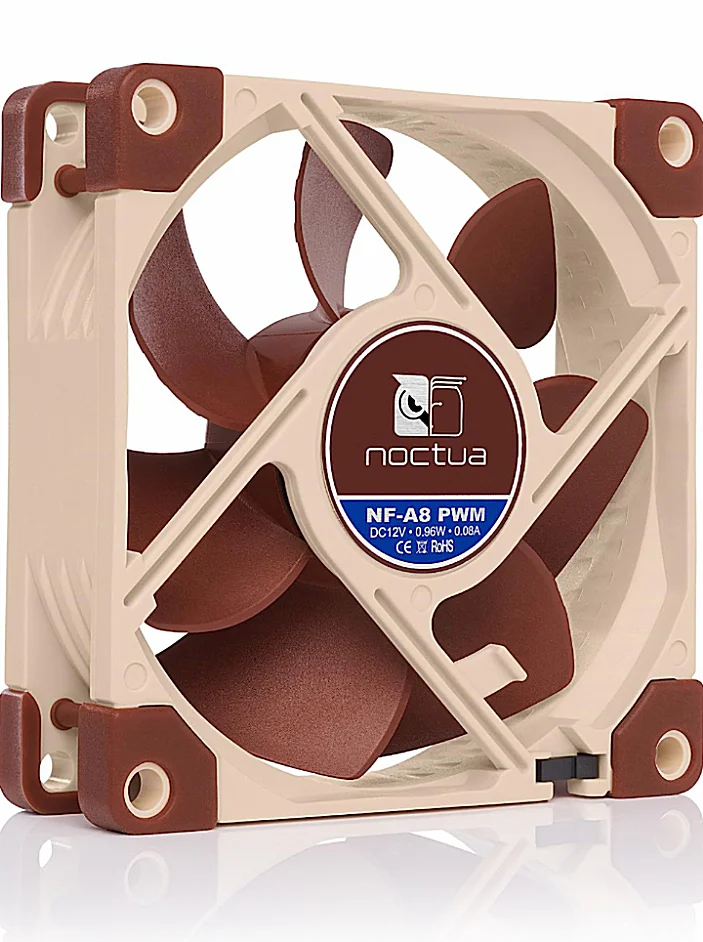
- PWM Control and Low Noise Operation:
- The fan supports PWM (Pulse Width Modulation) control, allowing for precise speed adjustment.
- It can operate at varying speeds, ensuring efficient cooling while keeping noise levels to a minimum.
- Enhanced Bearing and Longevity:
- The fan is equipped with Noctua’s SSO2 (Second Generation Self-Stabilizing Oil Pressure) bearing.
- This advanced bearing technology provides exceptional stability, durability, and quiet operation.
- Anti-Vibration Pads:
- The NF-A8 is designed with anti-vibration pads on all corners.
- These pads help minimize vibrations and further reduce noise levels during operation.

- Quality and Reliability:
- Noctua is renowned for its commitment to quality and reliability.
- The NF-A8 is built with high-quality materials and undergoes rigorous testing to ensure long-lasting performance.
- 6-Year Manufacturer Warranty:
- Noctua stands behind their products and offers a 6-year manufacturer warranty for the NF-A8 fan.
- This warranty provides added peace of mind and reflects the confidence in the fan’s durability and performance.

The Noctua NF-A8 Premium PC Case Fan is a trusted choice for those seeking a high-performance and reliable cooling solution for compact systems. With its advanced blade design, PWM control, low noise operation, and long-lasting build quality, it offers efficient cooling while maintaining a quiet computing environment.
Who Should Use a Case Fan.?
Gamers and Enthusiasts: Gaming and other resource-intensive activities can put a high demand on computer components, causing them to generate more heat.
To maintain optimal performance and prevent overheating, gamers and enthusiasts should utilize case fans to ensure efficient cooling.
I. Gamers and Enthusiasts
A. Heavy load on computer components during gaming
B. Resource-intensive tasks generate significant heat
C. Case fans maintain optimal performance and prevent overheating
II. Content Creators
A. Video editing, 3D rendering, graphic design, etc.
B. High-performance hardware generates substantial heat
C. Case fans dissipate heat, prevent performance throttling, and hardware damage
III. Overclockers
A. Pushing components beyond default settings for higher performance
B. Increased heat output during overclocking
C. Case fans cool components, maintain stability at higher clock speeds

How To Clean Your Computer Fan..?
I. Preparation
A. turn off the your computer and then unplug it from the power source.
B. Place the computer on a clean, static-free surface.
II. Opening the Case
A. Follow the manufacturer’s instructions to remove the side panel or access panel.
B. Take caution not to damage any internal components while opening the case.
III. Locating the Fan(s)
A. Identify the fan(s) that require cleaning.
B. Common locations include the front, rear, or side panels, as well as CPU heatsinks or graphics cards.
IV. Gathering Cleaning Tools
A. Compressed air canister or air blower for removing dust and debris.
B. Soft-bristle brush or cotton swabs for more thorough cleaning.
C. Isopropyl alcohol and lint-free cloth for cleaning fan blades or heatsinks if necessary.
D. Anti-static wristband (optional) to prevent static discharge.
V. Removing Dust and Debris
A. Use compressed air to blow away loose dust from the fan blades, heatsinks, and surrounding areas.
B. Hold the fan blades with a finger or a non-metal object to prevent them from spinning during cleaning.
VI. Detailed Cleaning (if necessary)
A. For stubborn dirt, use a soft-bristle brush or cotton swabs gently to dislodge and remove debris.
B. If fan blades or heatsinks are dirty, lightly dampen a cloth with isopropyl alcohol and wipe them clean.
VII. Reassembling the Case
A. Ensure all components and fans are dry before reassembling the case.
B. Follow the manufacturer’s instructions to securely fasten the side panel or access panel.
Remember to consult your computer’s manual or seek professional help if you are unsure about the cleaning process or if you encounter any difficulties. Cleaning your computer fan regularly can help improve cooling efficiency and prolong the lifespan of your system.
Benefits Of Case Fan
- Temperature Regulation: One of the primary benefits of case fans is temperature regulation. They help dissipate heat generated by the components in your computer system, such as the CPU, GPU, and power supply. By maintaining lower temperatures, case fans contribute to improved system stability and performance.
- Preventing Overheating: Efficient cooling provided by case fans helps prevent overheating of critical components. Overheating can lead to thermal throttling, reduced performance, and potential damage to hardware. Case fans ensure a consistent airflow, removing hot air and bringing in cooler air to maintain optimal operating temperatures.
- Extending Component Lifespan: By effectively cooling the internal components, case fans contribute to extending the lifespan of your computer hardware. Heat can degrade sensitive electronic components over time, but with proper cooling, you can mitigate this risk and enjoy a longer lifespan for your system.
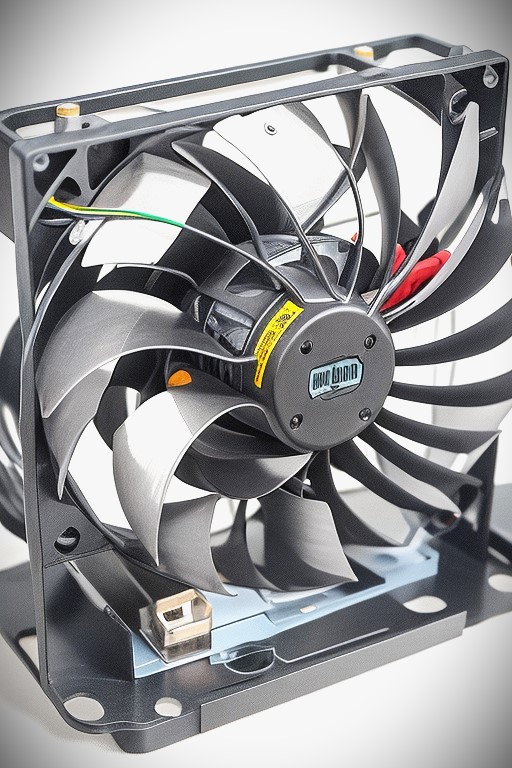
- Noise Reduction: Many case fans are designed to operate quietly, providing effective cooling while keeping noise levels to a minimum. This is particularly important for those who prefer a quieter computing experience or work in noise-sensitive environments. Quieter fans contribute to a more comfortable and peaceful computing environment.
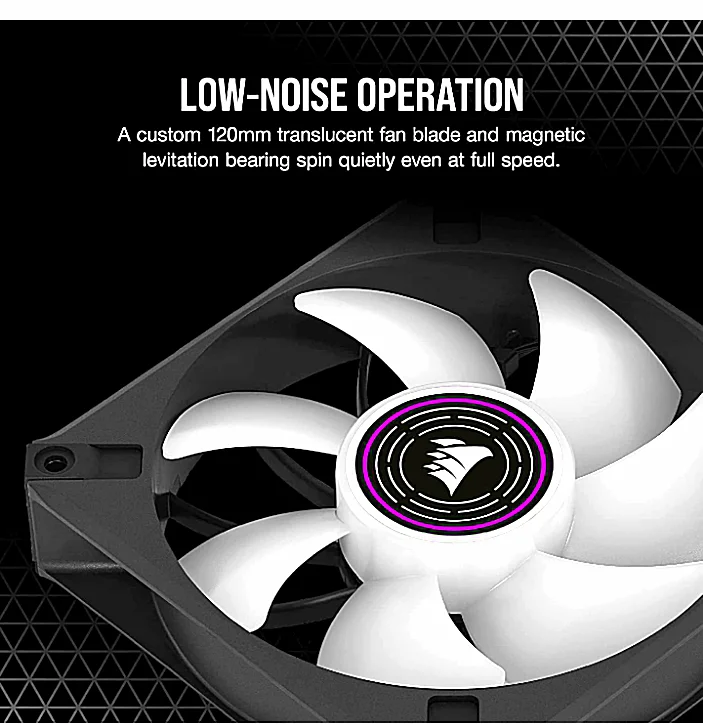
- Enhanced System Performance: By maintaining lower temperatures and preventing overheating, case fans help optimize the performance of your computer system. Cooler components are less prone to thermal throttling, allowing them to operate at their maximum potential. This can result in better overall system performance, especially during resource-intensive tasks such as gaming or content creation.
for more information visit my websit
how to chouse a best case fan.?

A simple case fan can make your computer run fast and more efficiently…
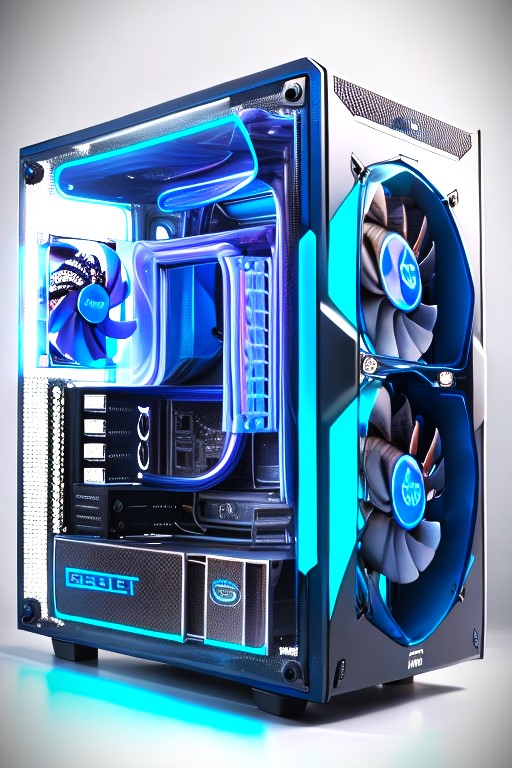

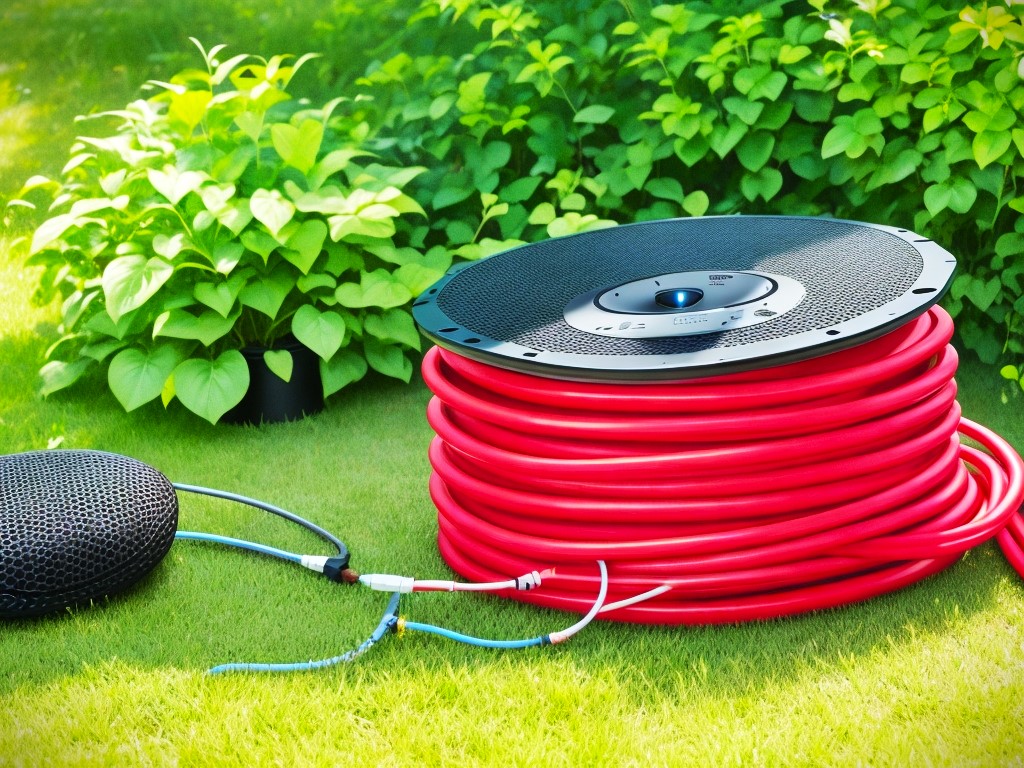

Thanks